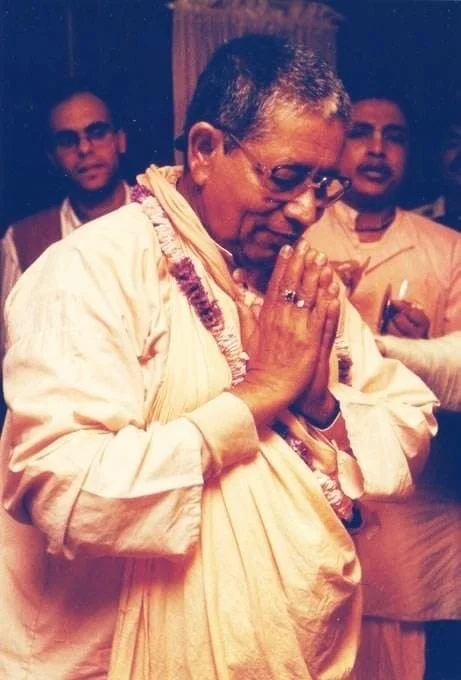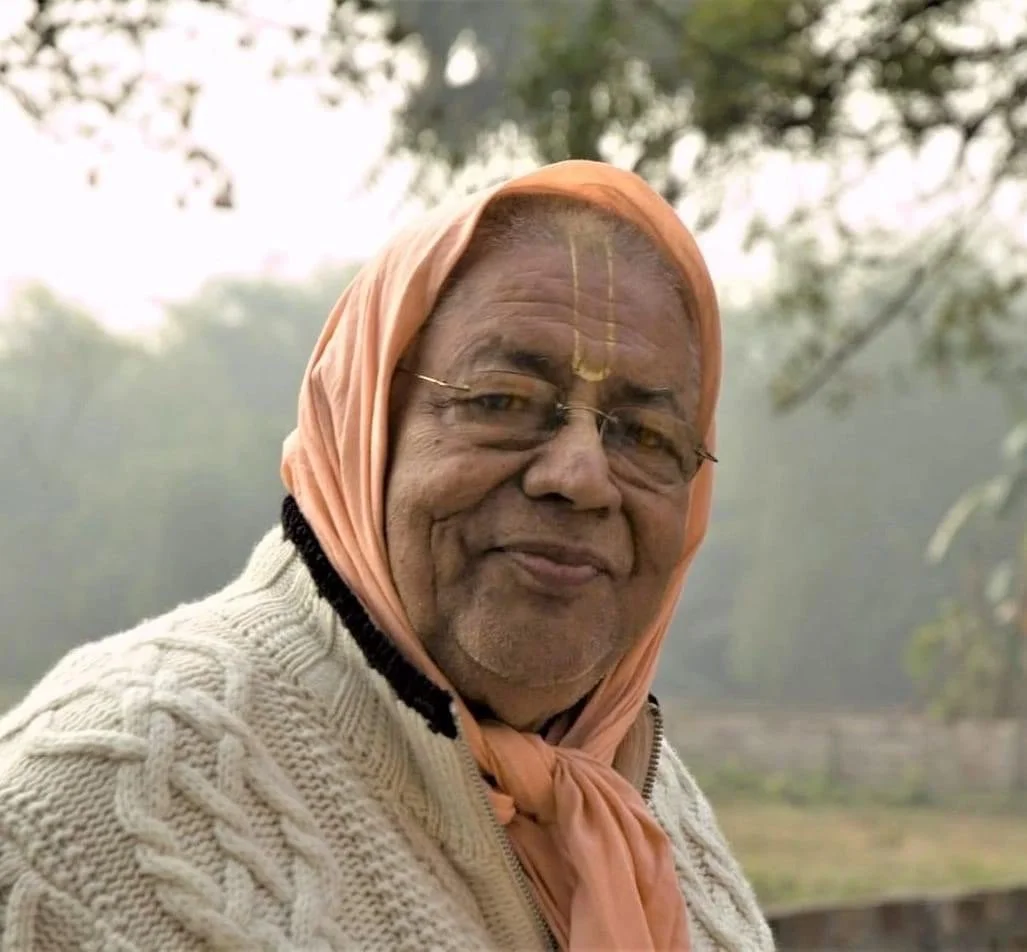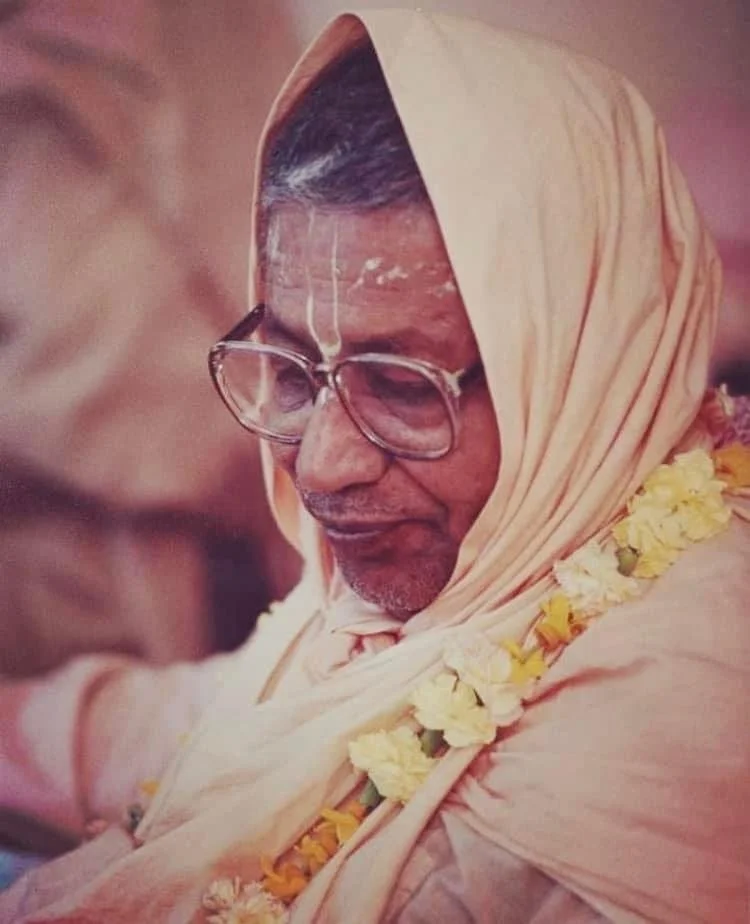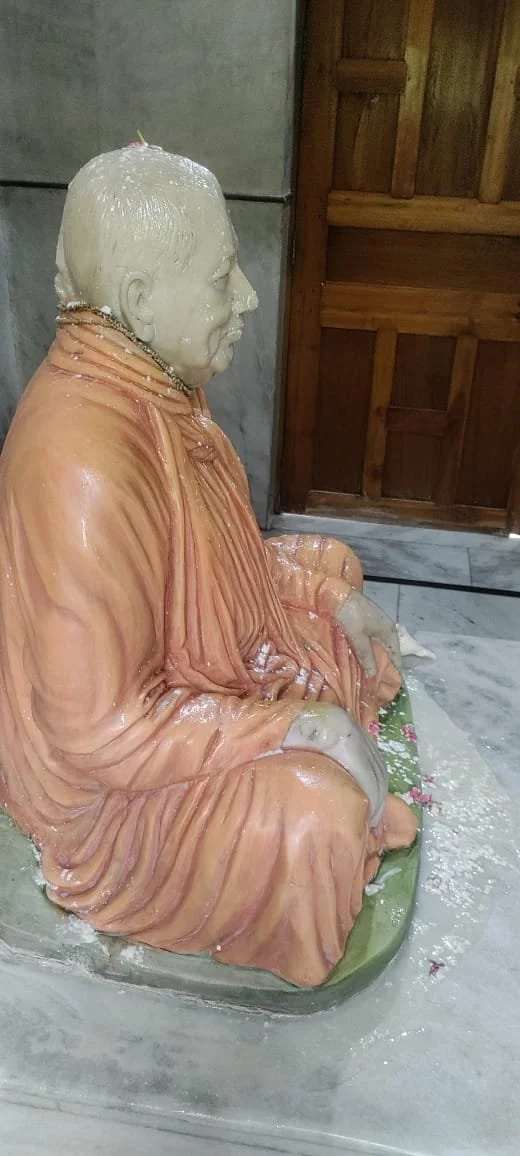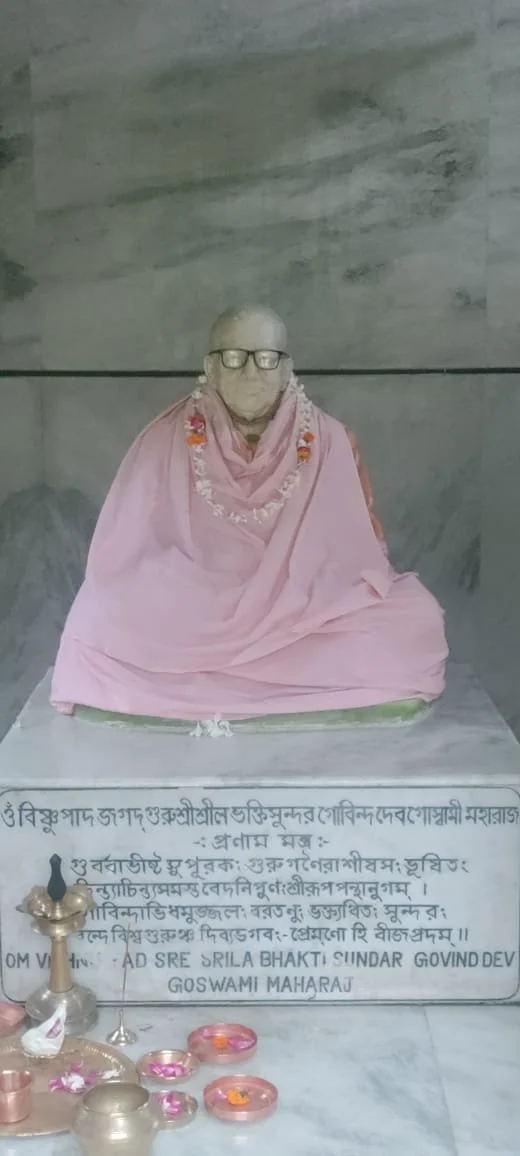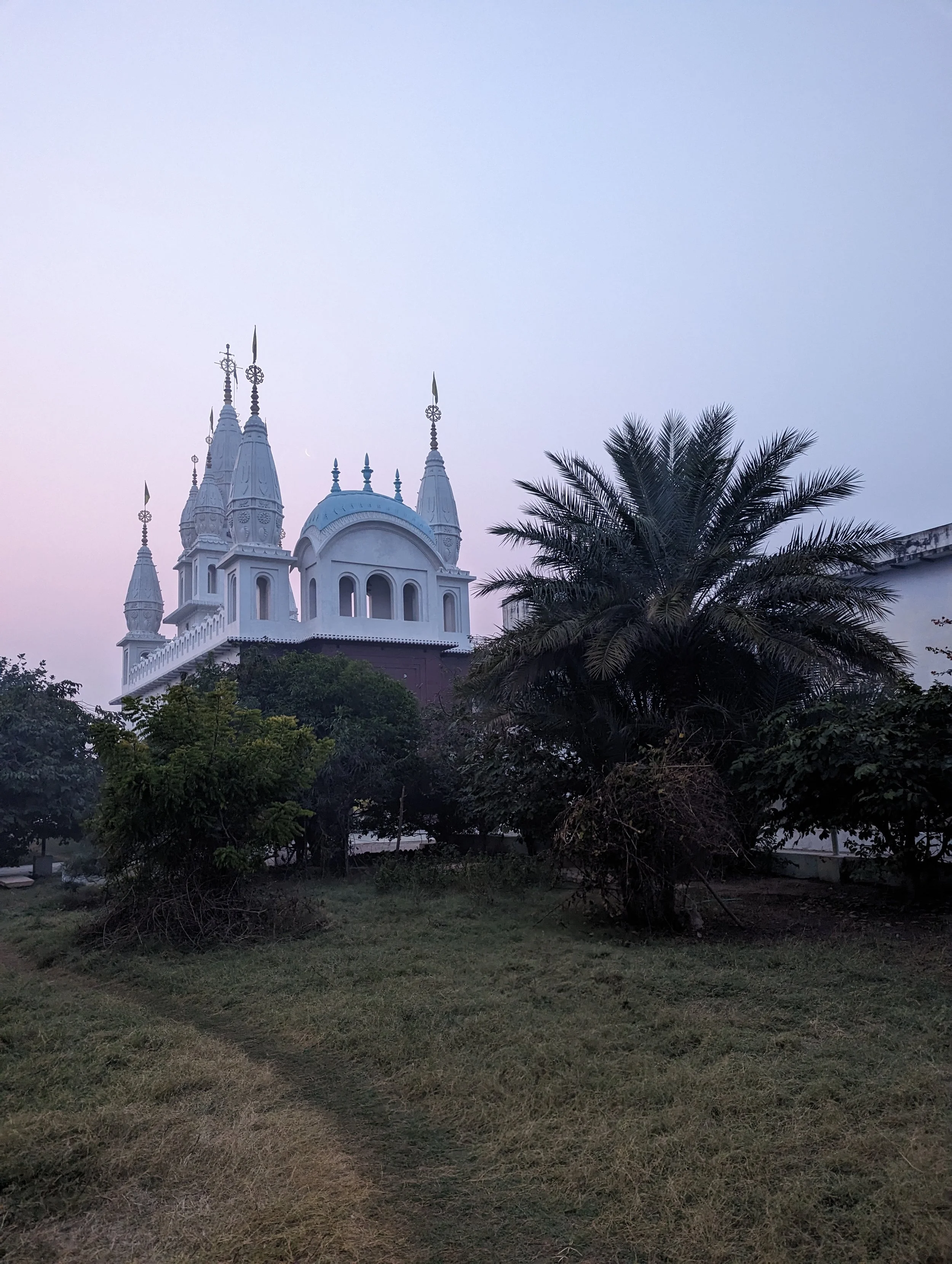
Sri Guru Purnima - Appearance of Srila Vyasadev - Disappearance of Srila Sanatan Goswami Prabhu - Observing Chaturmasya
At Sri Chaitanya Saraswat Math, the auspicious occasion of Sri Guru Purnima holds profound significance. It is a sacred time to offer heartfelt gratitude and renewed dedication to Sri Gurudev, the divine guide and representative of Sri Nityananda Prabhu and Sri Chaitanya Mahaprabhu, who mercifully bestows the light of divine knowledge and bhakti into our hearts.
This holy day commemorates the appearance of Srila Vyasadeva, the empowered literary incarnation of the Lord who compiled and revealed the Vedic scriptures culminating in the crown jewel—Srimad Bhagavatam, the spotless Purana glorifying the Supreme Lord, Sri Krishna, and His pure devotees. Srila Vyasadeva is revered as the original spiritual preceptor in our Guru-parampara, and thus Guru Purnima becomes a divine opportunity to glorify the entire disciplic succession leading to our most beloved Srila Bhakti Raksak Sridhar Dev-Goswami Maharaj and Srila Bhakti Sundar Govinda Dev-Goswami Maharaj.
Simultaneously, Chaturmasya begins—four holy months inviting increased introspection, simplicity, and devotional focus. During this time, devotees accept certain vows and engage more deeply in Hari-katha, kirtan, and seva, aspiring to please Sri Guru and Sri Gauranga with sincerity and surrender.
“The guru is not a person, but a transparent medium through whom Sri Gauranga-dev extends His divine grace to the conditioned souls. To serve Sri Guru is to serve Sri Gauranga.”
— Srila Bhakti Raksak Sridhar Dev-Goswami Maharaj
May this sacred season inspire us all to come closer to the lotus feet of Sri Guru and Gauranga, dedicating ourselves fully to the current of pure devotional service flowing through the hearts of the Vaishnavas
Teachings from our guardians
-
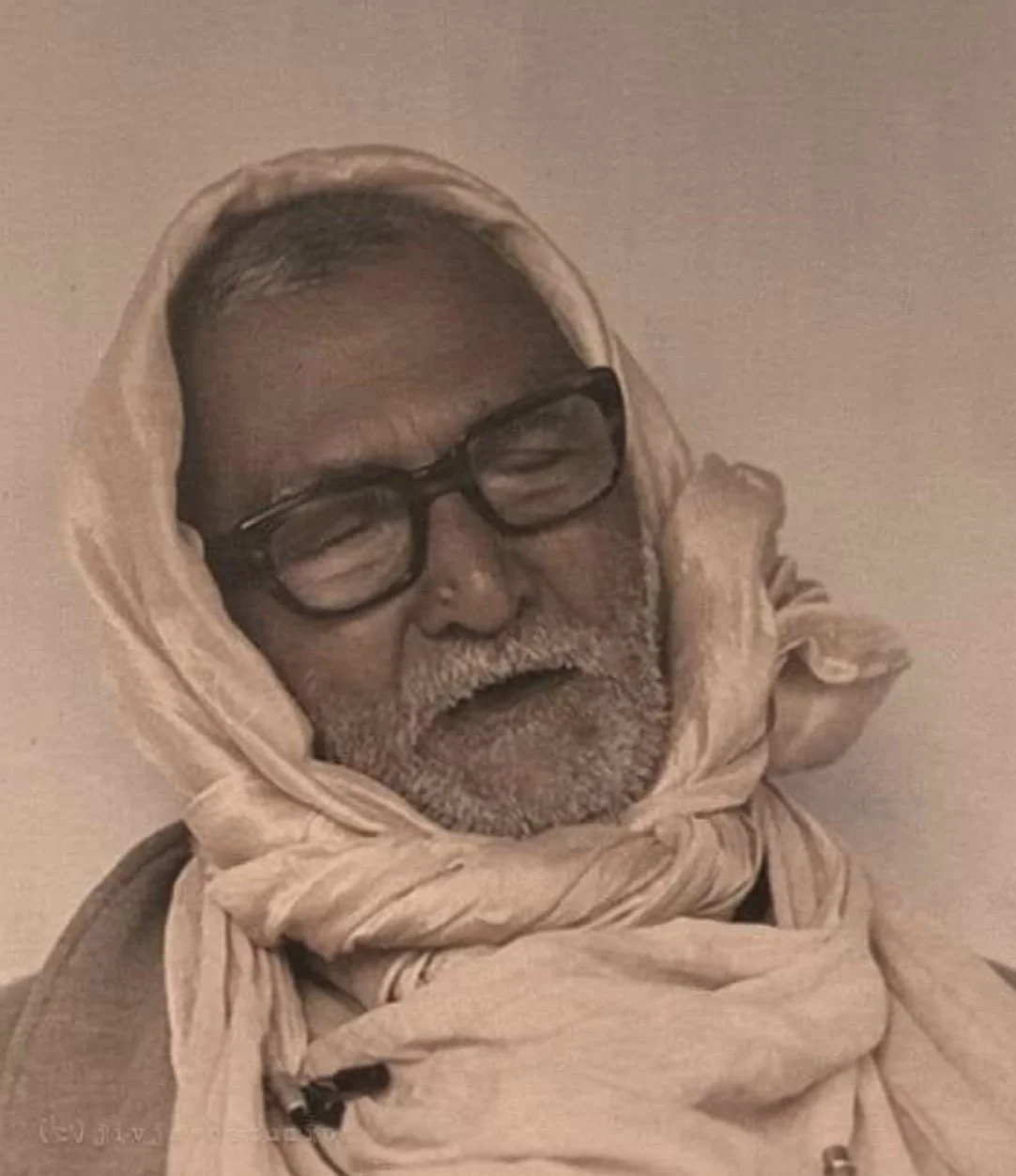
Audio
Vedavyas. Informal discourse by His Divine Grace Srila Bhakti Raksak Sridhar Dev-Goswami Maharaj.
-
Audio
"Vedavyas's gift was all for Krishna consciousness." Srila Bhakti Sundar Govinda Dev-Goswami Maharaj discusses the Scriptures revealed by Vedavyas and Sri Garga Risi. 2nd Feburary 2006
-
Audio
Sri Guru-Purnima day discourse. Srila Bhakti Sundar Govinda Dev-Goswami Maharaj describes a remarkable debate between Srila Guru Maharaj Srila Bhakti Raksak Sridhar Dev-Goswami Maharaj and a big pandit. 30 July 2007
-
Audio
Chaturmasya begins. Srila Bhakti Sundar Govinda Dev-Goswami Maharaj speaks in 2005 about the rules of chaturmasya and our position as a practitioner. 21 July 2005.
-

Facebook Audio
Observing auspicious days. Sripad Bhakti P.Padmanabha talks on the significance of observing these topics as instructed by our Guru Varga. From a Facebook live class. 9th July 2025
Sanātana Goswāmī – A Key Figure in Gaudiya Vaishnavism
Sanātana Gosvāmī
was one of the Six Goswāmīs of Vrindavan, close disciples of Śrī Chaitanya Mahāprabhu, the founder of Gaudiya Vaishnavism (Krishna Consciousness). Along with his brother Rūpa Gosvāmī, he played a pivotal role in systematizing and spreading the teachings of Chaitanya Mahaprabhu.
Key Contributions
Spiritual Writings
* Hari-bhakti-vilāsa: A comprehensive manual on Vaishnava rituals and conduct.
* Bṛhad-bhāgavatāmṛta: A theological and philosophical narrative that explores the gradations of devotional service and the nature of ultimate spiritual reality.
* Commentaries on key scriptures like the Bhagavatam.
* Rediscovered the lost holy places of Vrindavan with other Goswamis.
* Helped establish major temples like Madan Mohan Mandir.
Philosophy
* Taught the path of bhakti-yoga (devotional service).
* Emphasized shuddha-bhakti (pure devotion) and the personal form of God (Krishna) as supreme.
The Deeper Meaning of Chaturmasya
The term “Chaturmasya” literally means “four months” (from chatur = four, masya = months). This year Chaturmasya begins on 11 July and ends on 5 November. (See Gaudiya calendar by Sripad Padmanabha Maharaj).
As the rainy season approaches, devotees around the world prepare to observe Chaturmasya — a sacred four-month period traditionally dedicated to increased spiritual practice, simplicity, and austerity. While these months are known for their external vows and restrictions, Srila Bhaktisiddhanta Sarasvati Thakura, the illustrious founder of the Gaudiya Math, revealed the profound inner purpose behind these observances.
Essence Over Formality
Srila Bhaktisiddhanta Sarasvati Thakura stressed that the true aim of Chaturmasya is to deepen one’s devotion to Krishna and reduce attachment to sense enjoyment. In Amṛta Vāṇī, he explained:
"The actual purpose of observing vows like Chaturmasya is to increase one's devotion to Krishna and decrease one's sense enjoyment. Without such inner meaning, external austerity is simply a show."
Thus, he taught that vows should serve as tools for self-purification and growth, rather than as mere ritualistic displays. The focus must always remain on enhancing one’s service to Sri Guru, the Vaishnavas, and Lord Sri Krishna.
Benefits of Observing Chaturmasya
* Helps purify the body and mind
* Encourages self-discipline and detachment
* Creates an opportunity to connect deeper with God
* Builds spiritual momentum towards Kartik month
His Personal Example of Simplicity
Srila Bhaktisiddhanta Sarasvati set a powerful personal example during Chaturmasya. He simplified his diet, sometimes taking only rice mixed with ghee from the ground while sitting, embodying humility and detachment. By avoiding elaborate preparations, he cultivated a mood of sincere dependence on Krishna through simplicity.
Austerities That Nourish Bhakti
Traditionally, each month of Chaturmasya includes specific dietary restrictions:
First month: No leafy greens like spinach, salads and leafy herbs. or Urid dhal
Second month: No yogurt. or Urid. dhal
Third month: No milk. or Urid dhal
Fourth month: No urad dhal, Chana dhal, spices, mustard seeds or oil, avoid rich prasadam.
However, Srila Bhaktisiddhanta did not insist on rigid external observances if they did not support a devotee’s advancement. He emphasized that the real austerity is to avoid offenses, deepen one’s chanting, and serve sincerely. As he stated:
"The supreme vow is to avoid offenses to the Holy Name. Those who sincerely engage in chanting and serving devotees are performing Chaturmasya throughout the year."
The Principle of Staying in One Place
Following the ancient renunciant tradition, Srila Bhaktisiddhanta would stay in one place during Chaturmasya. He used this time for focused writing, publishing transcendental literature, and offering hari-katha. This principle of steadiness nurtures deep reflection and uninterrupted devotional service.
True Austerity
For Srila Bhaktisiddhanta, austerity was not about bodily hardship but wholehearted dedication to Krishna’s service. As he beautifully taught:
"Austerity does not mean torturing the body. Real austerity is to use the mind, words, and activities fully in Krishna's service."
Kartik: The Crown Jewel of Chaturmasya
As Chaturmasya reaches its final month, devotees enter Kartik — also known as Damodara month — a period especially dear to Krishna and cherished by Gaudiya Vaishnavas. Srila Bhaktisiddhanta emphasized that Kartik is not merely a time for external vows but an opportunity to deepen one’s loving service to Krishna, under the guidance and mercy of Srimati Radharani.
While Chaturmasya focuses on internal purification and simplicity, Kartik culminates this by inviting devotees into the intimate mood of Vraja. During this month, devotees offer ghee lamps, sing the Damodarastakam, and immerse themselves in hearing and chanting Krishna’s sweet pastimes. Kartik symbolizes binding Krishna within one’s heart through pure, loving devotion — as Mother Yashoda did.
Srila Bhaktisiddhanta taught that the ultimate austerity is to fully dedicate one’s mind, words, and actions to Krishna. Kartik provides a sacred opportunity to renew this dedication, transforming the final month of Chaturmasya into a joyful festival of devotion rather than mere renunciation.
By sincerely observing Kartik, devotees attract the special mercy of Srimati Radharani, deepen their attachment to Krishna, and cultivate the mood of Vraja-bhakti.
Through Kartik, the essence of Chaturmasya finds its highest expression: purification of the heart, increased seva, and the blossoming of pure love for Krishna. Srila Bhaktisiddhanta Sarasvati Thakura thus inspires us to transform Kartik into a time of intense devotion and heartfelt connection with the Divine.
